September is Pain Awareness Month. This month-long recognition was created to increase education and awareness within our community about the effects of pain, the available treatments to alleviate pain and the importance of communication with healthcare providers regarding pain-related concerns so that pain can be better understood and treated.
How can you support pain awareness?
- Show your support during September's Pain Awareness Month by wearing PURPLE shirts/jackets/sweaters on Pain Awareness Spirit Days (Monday Sept. 1st & Sunday Sept. 18th).
- Wear PURPLE accessories with your professional attire/uniform during the entire month of September to further demonstrate your Pain Awareness support. Examples of PURPLE accessories include: hair color, make-up, face-painting, ribbons, glasses, jewelry, ties, hair caps, belts, jackets, sweaters, scarves, tutus, masks, socks, and shoes.
How we work together to manage children's pain
Nicklaus Children's partners with parents to assess pain at regular intervals and take measure to reduce discomfort. When appropriate, medications are used to reduce pain, along with the following:

Swaddling and Positioning

Warm blankets

Distraction techniques
(toys, bubbles, games)

Playing favorite music
Learn more

Breathing exercises / Relaxation /Guided Imagery
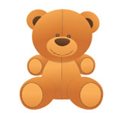
Favorite comfort items
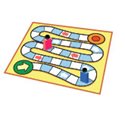
Bedside volunteers to read and play games

Movement and Exercise
Reducing Procedural Pain
The hospital has many tools to help reduce procedural pain:
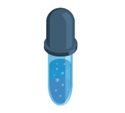
Oral sucrose for infants
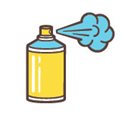
Pain Ease cold spray
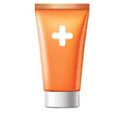
Topical numbing creams
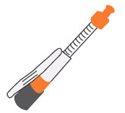
Needle-free J-Tip device
Children experience pain from many causes
The types of pain can be separated into the following:
- Everyday pain, such as skin scrapes and contusions, provide an opportunity for children to learn how to cope with pain.
- Short-term pain, such as ear infections or immunizations, are reported as more painful by younger children than older children.
- Recurrent pain, arises from many factors. Examples including stomachaches, headaches, and leg and back pain are reported to occur in up to 30 percent of children. There are two challenges with this type of pain:
- This type of pain may come and go unexpectedly.
- It is sometimes difficult to find the cause of this pain.
- Disease-related and chronic pain may be a symptom of an underlying problem or may occur secondary to the effects of the disease and/or treatment. Learn more about chronic pain.
Many factors can affect your child's pain
The six most significant factors are:
- Age and developmental level.
- Associated symptoms such as nausea or anxiety.
- Beliefs about the cause of the pain.
- Ability to cope with the pain.
- Previous experiences with pain .
- Observations of how others deal with pain.

Pain assessment tools are available to evaluate pain in all ages of children.
- These tools are specific to the child's age and developmental level and include the child's self-report of pain, the observations of behaviors that may indicate pain and monitoring for physical changes that may indicate pain. Routine use of these pain assessment tools help healthcare providers more effectively identify and treat pain.
- However, in children who are non-verbal or cognitively impaired, pain may be difficult to identify. In a new program called Hand In Hand Together We Can, we partner with parents and caregivers by asking about specific pain behaviors that their child may demonstrate when they are experiencing pain. This information allows us to more efficiently identify and treat pain.
Children may use coping skills to deal with pain.
- Two of the most common coping skills they use are play (distraction) and sleep. Examples of other coping skills that children may use include listening to music, playing videogames, relaxation, breathing techniques and guided imagery.
Most pain can be prevented, treated or at least reduced using a multimodal approach.
- A multimodal approach includes a combination of physical techniques (such as positioning), psychological techniques (such as deep breathing) and pharmacological techniques (including various types of medications).
Pain is dynamic and constantly changing.
- Sometimes levels of pain can change as quickly as the lights changing on a traffic light.